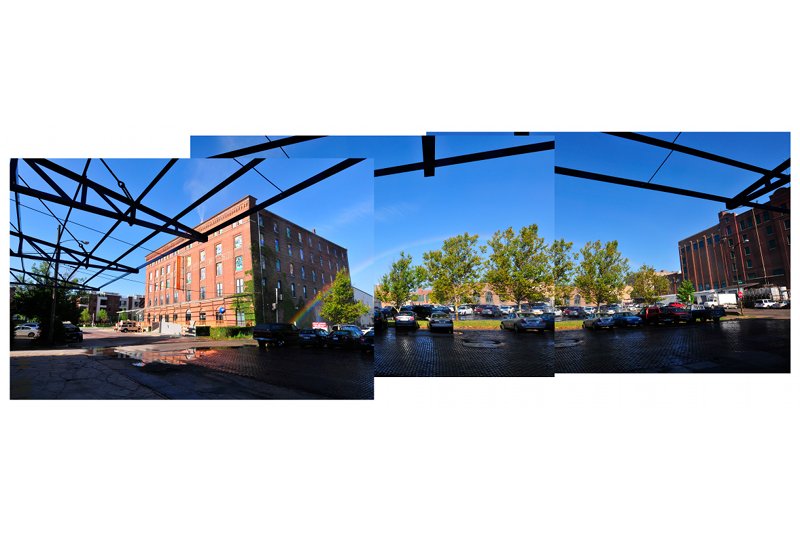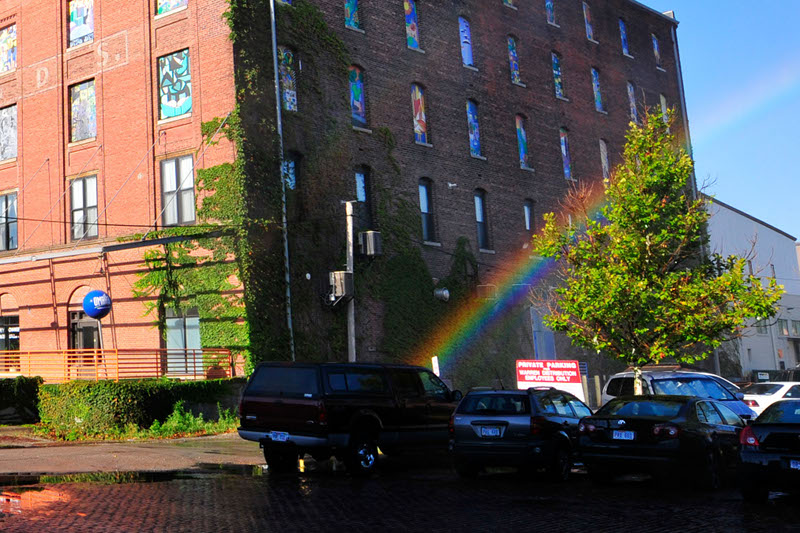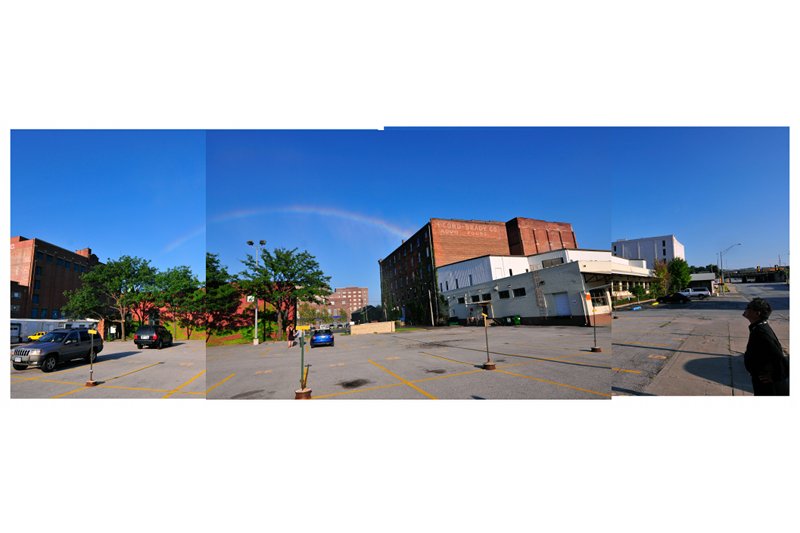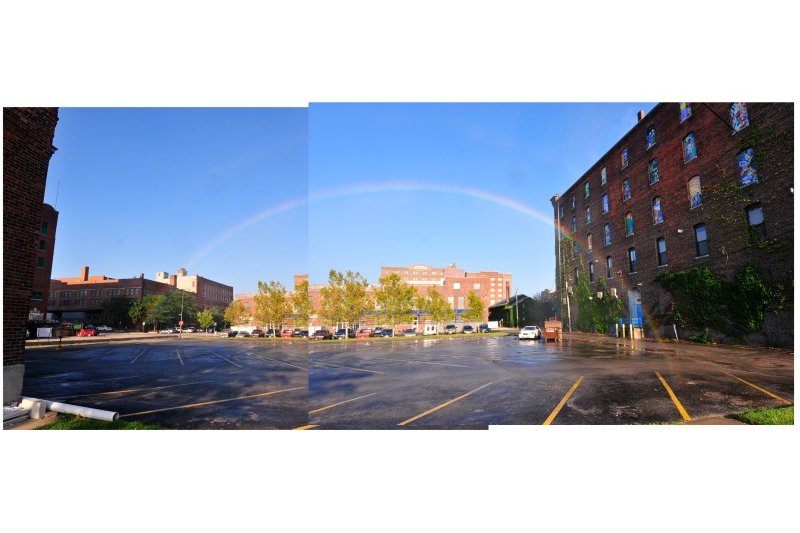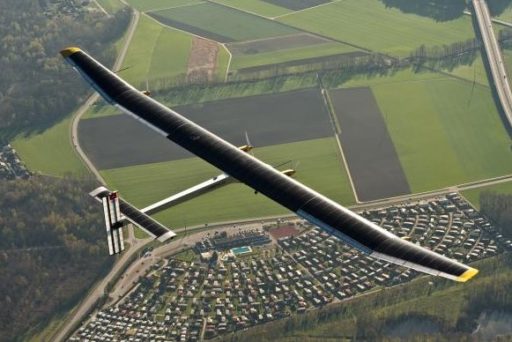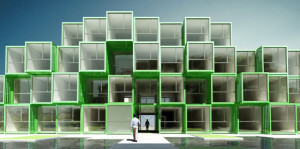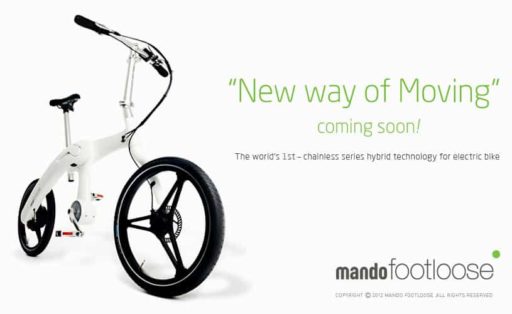Rainbow is a natural beauty. To see this beautiful special climate condition is needed and of course, that has to be natural in a sense, unless you are not like Michael Jones McKean who has created Rainbow artificially with a solar-powered machine. The Virginia Commonwealth University professor has been practicing this for years and ultimately, he is now successful. He has created a machine that can produce artificial rainbows using natural elements. He will show a larger installation at the Bemis Center for Contemporary Arts in Omaha, Nebraska, next June.
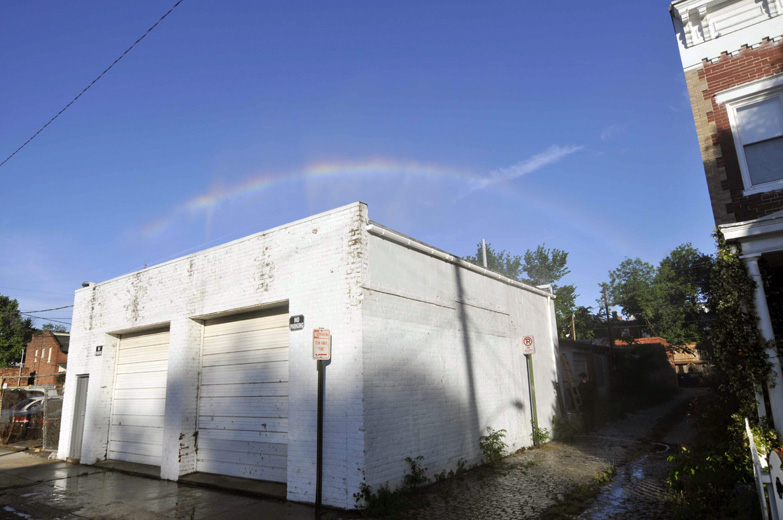
Michael Jones McKean, a former resident at the Bemis Center and now a professor at Virginia Commonwealth University, has been conducting tests on rainbow creation since 2002. The Bemis Center commissioned McKean to perform this site-specific installation at their facility this summer in hopes of capturing the public’s imagination and engaging the center in wide-ranging conversations with communities throughout Omaha.
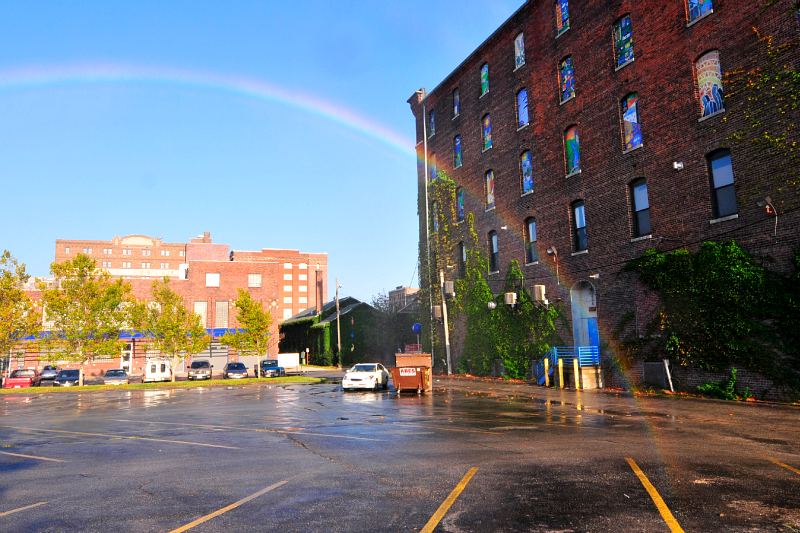
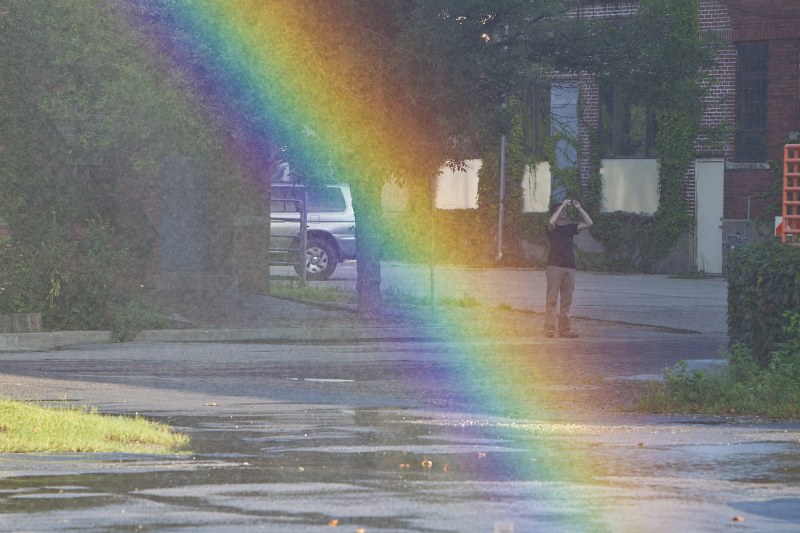
The Rainbow Project uses a series of high-powered jet pumps and custom fountain nozzles to spray water into the air, creating the conditions needed for a rainbow to appear. The commercial irrigation equipment is timed in order to create a dense wall of water that mimics a rainstorm, and the sun does the rest of the work. All of the water used to create McKean’s rainbows is recycled rainwater, which is collected and stored in tanks at the base of each project. At the Bemis Center, rainwater will be collected from the roof of the center, and a customized rooftop downspout system will allow the harvested water to be recycled after it plays its part in the rainbow creation. Additionally, a solar system will be used to generate the power necessary to spray the water. So, in the end, the rainbow is created using only rainwater and sunlight — just like real rainbows.

Depending on the angle of the sun, amount of sunlight, atmospheric conditions, and other factors, each rainbow will have different qualities and characteristics. Visitors may be able so see them up to 1,000 ft away or even be able to walk through them.
Courtesy: Ecofriend

